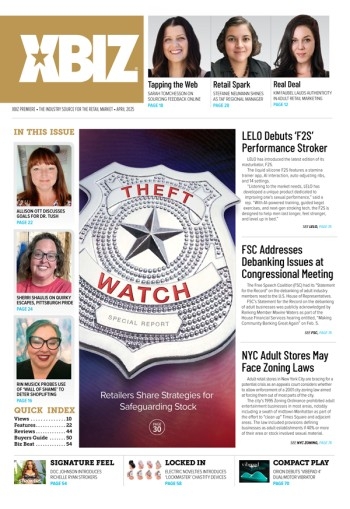It’s no secret to content based Internet marketers that online consumers today want everything for free. While it’s great to be able to make content sales, such as an adult paysite membership, it’s important to have multiple ways to leverage “free” content in your marketing toolbox.
It only takes a little time on Google to discover that not only are many other operators seeking ways to profit from free content (or purchase-reluctant audiences), but that they are also coming up with a range of methods, which can best be characterized as having a conceptual focus on monetizing audiences rather than content — ala broadcast television.
The worst examples of subscription services are those that break the content up into free and paid. —Fred Wilson of Union Square Ventures.
For example, the Wired How-To Wiki provides a comprehensive listing of revenue models applicable to online businesses, based around free or almost-free content — including selling CPM ad slots, such as banner ads, at “cost per thousand” views pricing; along with cost per click (CPC) ads, such as offered by Google; and cost per transaction (CPT) advertising, which in the online adult industry is the equivalent of a pay per signup (PPS) affiliate program.
Wired says that free content can also be monetized through lead generation; email autoresponders; subscription revenues and subscriber list rentals; other affiliate revenues; selling user data and other proprietary information to third parties; brand and/or content licensing; and leveraging user generated content to fuel the above techniques.
Other revenue streams include upgraded services and content, such as offering free standard definition (SD) video clips, but charging for the hidefinition (HD) version; and alternative output formats, such as PDF files, or downloadable ZIP files of your galleries.
Custom services and content; sponsoring live events and selling merchandise; selling co-branded spinoffs and software installs; on-site ecommerce; sponsorships and other time-based listings, including paid inclusions in onsite search results are extra revenue sources — as are inserting ads in to audio streams and TV-style commercials in videos.
Charging API or feed access fees or other licensing fees when applicable is another way in which free content can be monetized, but a straight up payment is always the best.
Many experts advise taking a hybrid approach that combines free and paid models.
For example, a recent Search Engine Land article by Aaron Wall described several successful techniques, including using link equity from well-linked to pages to subsidize the rankings of pages that are commercially focused, and launching as a free website that can later have a pay wall once its content base is established. Wall also recommends trial offers where content is split in half, with the first half free.
Not everyone agrees, however.
“The worst examples of subscription services are those that break the content up into free and paid,” Fred Wilson of Union Square Ventures wrote. “It’s as if some content is worth more than other content.”
According to Wilson, most web apps are monetized using some type of media model.
“Don’t think banner ads when I say that,” Wilson wrote, advising readers to “Think of all the various ways that an audience that is paying attention to your service can be paid for by companies and people who want some of that attention.”
A perfect example of this (and the inspiration for this article) was found in my driveway, when a complimentary copy of The San Francisco Chronicle appeared the other day, and I took a few minutes to review it. One of the first things that caught my eye was an advertisement on the inside of the first page: it was a half-off coupon for a tour of the city’s old armory building — the headquarters of porn purveyors Kink.com.
That’s really extending your brand, when folks who might never join your site (but who may have seen a free gallery or two), will pay the price of a membership just to visit your offices. Likewise, Hustler and Playboy may be able to survive as viable brands even if they never sold another photo or video.
Test as many methods as possible to discover the best fit for your online enterprise; perhaps you’ll find a way to profit even from those visitors who refuse to pay for your wares.







